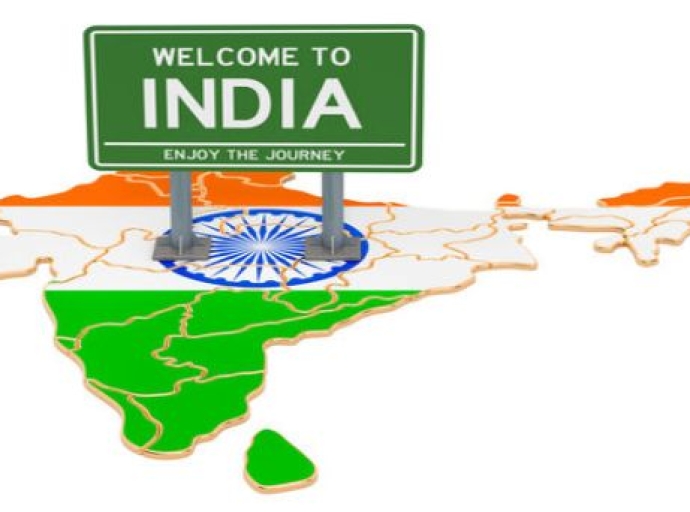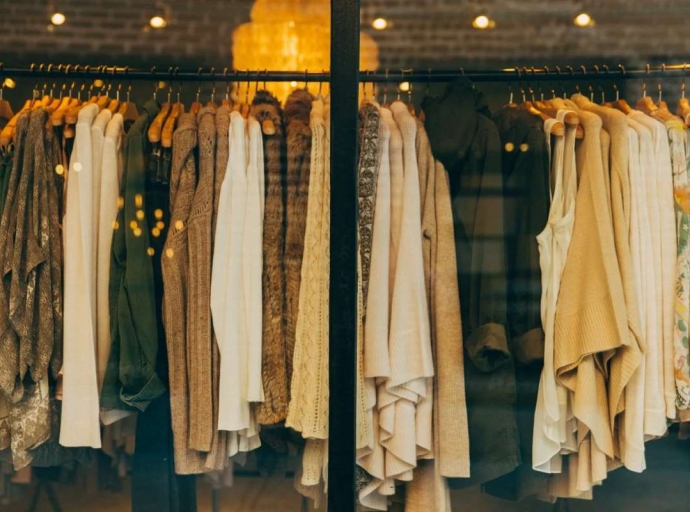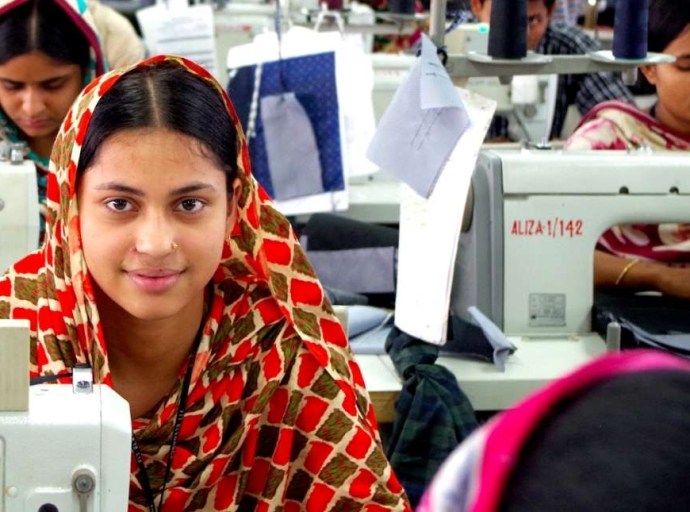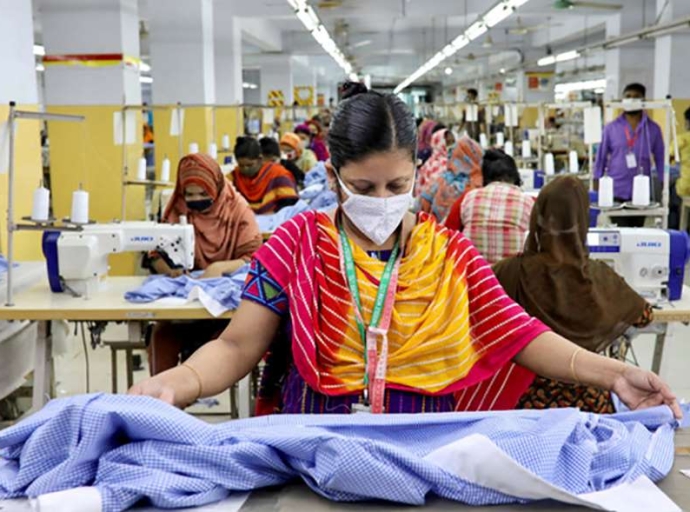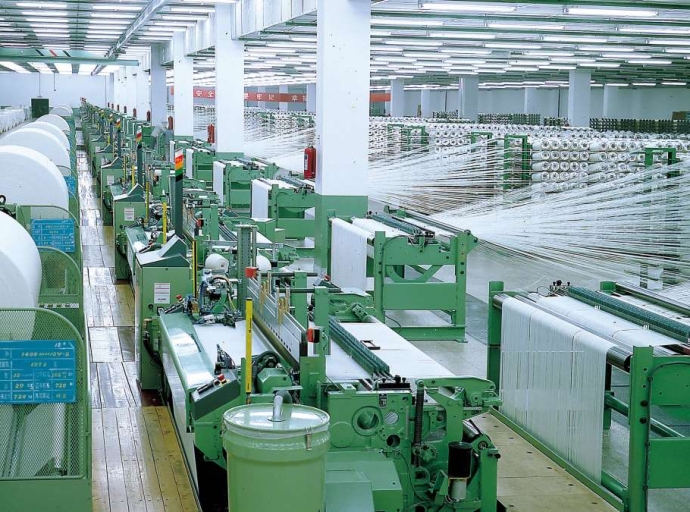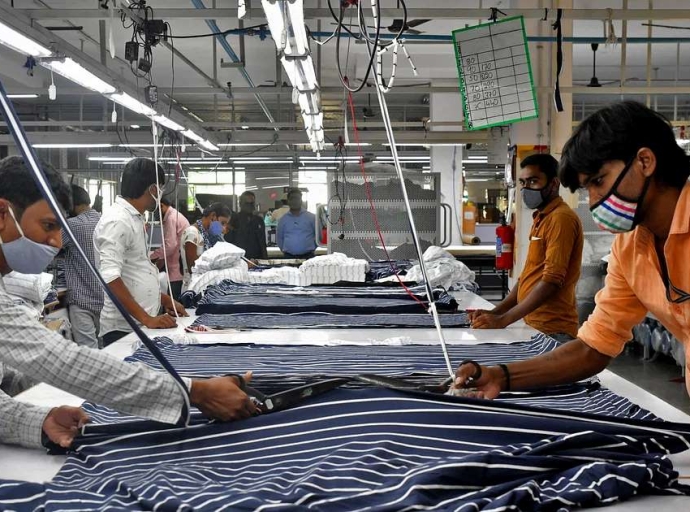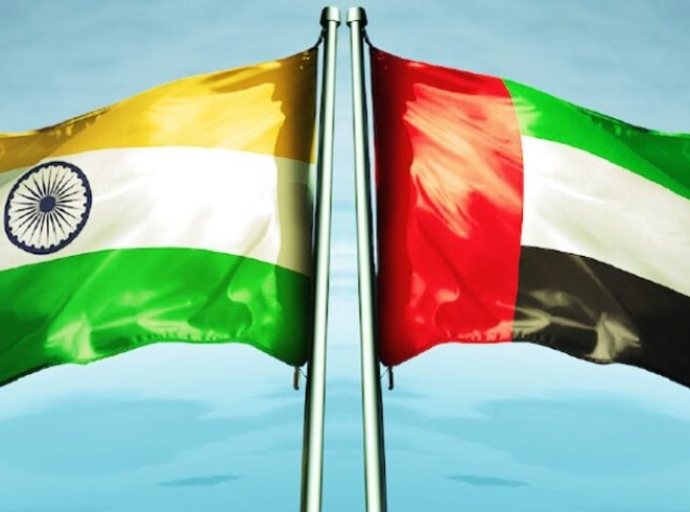16 November 2023, Mumbai
The Confederation of All India Traders (CAIT) is projecting a bright future for India's retail sector, anticipating continued robust growth.
This positive outlook is fueled by several factors, including the upcoming holiday season and a growing preference for domestically produced goods.
Video Insights
Festive Cheer to Boost Trade
India is gearing up for a series of upcoming festivals, including Goverdhan Pooja, Bhaiya Dooj, Chhath Pooja, and Tulsi Vivah. These occasions are traditionally associated with heightened consumer spending, and the CAIT expects this year's celebrations to generate an additional ₹50,000 crore in trade volume.
This surge in spending is likely to be driven by increased demand for traditional attire, home décor items, and sweets and delicacies. Retailers are already preparing for the festive rush by stocking up on inventory and implementing attractive promotional offers.
Vocal for Local: A Trend Gaining Momentum
The "Vocal for Local" and "Make in India" campaigns have gained significant traction in recent years, encouraging consumers to prioritize domestically produced goods.
This trend was particularly evident during the 2023 Diwali sales, when Indian products dominated the market.
The CAIT attributes this shift in consumer behavior to a growing appreciation for the quality and craftsmanship of Indian-made goods. Additionally, the rise of e-commerce platforms has made it easier for consumers to discover and purchase locally produced items.
Looking Ahead: A Promising Future
The CAIT's optimistic outlook for India's retail sector is supported by several key factors, including:
Rising disposable incomes: India's middle class is expanding rapidly, leading to an increase in disposable incomes. This, in turn, is driving demand for a wider range of consumer goods.
Urbanization: With more people migrating to urban areas, the demand for organized retail is on the rise. This trend is creating opportunities for large-format retail stores and shopping malls.
Technological advancements: E-commerce and mobile shopping are rapidly gaining popularity in India, providing consumers with greater convenience and access to a wider variety of products.
Government initiatives: The Indian government has implemented various policies to promote the growth of the retail sector, such as providing tax benefits and encouraging investments in infrastructure.
Bottom line
The CAIT's optimistic outlook for India's retail sector is well-founded.
The upcoming festive season, the growing preference for locally produced goods, and a supportive policy environment are all contributing factors to the sector's continued growth.
As India's economy continues to expand, the retail sector is poised to play an increasingly significant role in driving economic growth and creating employment opportunities.
5 key insights :
-
Festive cheer to boost trade: Upcoming festivals to drive retail sales.
-
Vocal for local: Growing preference for Indian-made products.
-
Rising incomes: Expanding middle class fueling consumer demand.
-
Urbanization: Urban areas driving organized retail growth.
-
Technology advancements: E-commerce and mobile shopping gaining traction.

